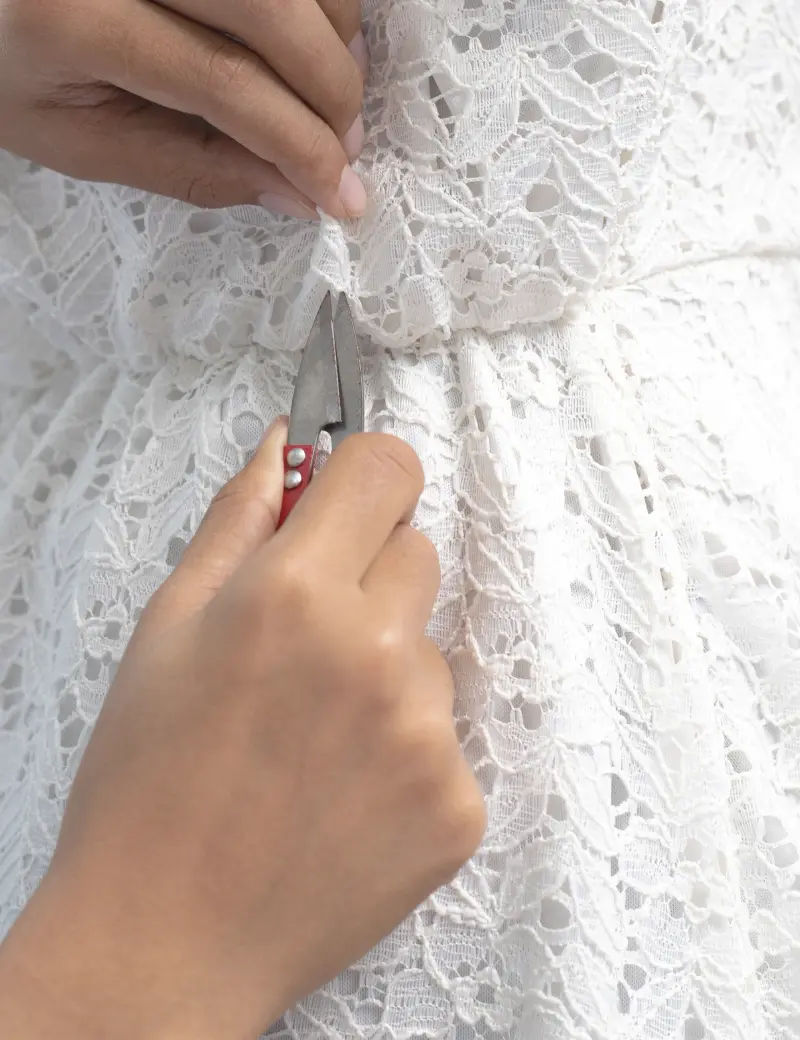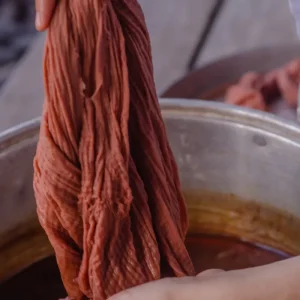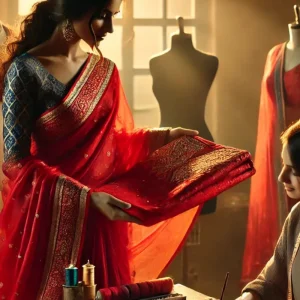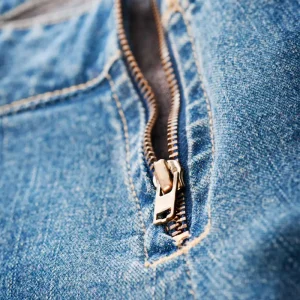No products in the cart.
Waist & Sides Adjustment for Women’s Clothes
From ₹99.00
Adjusting the waist and sides of women’s garments is essential to achieve a comfortable and flattering fit.
Choose any of the below options tailored to your occasion and lehenga style, featuring a variety of necklines, sleeves, cuts, patterns, and add-ons.
Description
Here are a few key pointers on making waist and side adjustments for popular Indian garments like sarees, lehengas,salwar kameez, Anarkalis, and more:
1. Waist Adjustments for Churidars, Salwars, and Patialas:
- Elasticated Waistbands: For ease of fit, many Indian bottom wear like churidars, salwars, and Patialas come with elasticated waistbands. If the garment feels too tight or too loose, you can adjust the elasticity by either shortening or lengthening the elastic inside the waistband. This allows for flexibility in fit without affecting the overall look of the garment.
- Drawstring Waistbands: Some salwars or Patiala pants feature drawstrings. To adjust the waist size, you can either tie the drawstring tighter for a snug fit or loosen it for a more relaxed look. Ensure that the drawstring is not too tight to avoid discomfort.
- Adjustable Waistbands with Buttons/Hook: For a more structured fit, garments like Anarkalis, lehengas, and even skirts often use buttons or hooks on the waistband for closure. You can adjust the fit by shifting the buttons to a tighter or looser position, or adding additional hooks for a more secure fit.
- Pleating & Gathering Adjustments: In garments like Patiala pants or skirts, pleating or gathering at the waist can be adjusted to achieve a better fit. Tighten or loosen the pleats to suit your waist shape and comfort.
2. Side Adjustments for Fitted Tops (Blouses, Kurtis, and Cholis):
- Side Seams: For blouses, kurtis, or cholis that feel too tight or loose, adjusting the side seams is a common solution. If the garment is too tight around the bust or waist, you can let out the side seams for extra room. Conversely, if it’s too loose, the seams can be taken in to ensure a snug, tailored fit. For custom designs, always make sure to leave extra seam allowance for potential future adjustments.
- Side Slits: Many traditional and fusion garments feature side slits, especially in kurtis or Anarkalis. If the side slit feels too high or too low, it can be adjusted to a comfortable length, giving more flexibility in the movement and ensuring modesty while keeping the garment stylish.
- Side Draping (Saree and Lehenga): When wearing sarees or lehengas, side draping plays an important role in how the garment sits on the body. For sarees, the pleats can be adjusted along the waist to fit snugly or loosely based on preference. The lehenga’s side panels can be adjusted by taking in or letting out the fabric at the waist for a more comfortable fit.
3. Waist and Side Adjustments for Sarees and Lehengas:
- Saree Petticoat Adjustment: The petticoat worn underneath a saree plays a crucial role in how the saree drapes around the waist. If the petticoat feels too loose or tight, you can either adjust the waistband (if elastic) or add hooks to tighten it to fit your waist perfectly. This ensures a smooth, even drape for the saree.
- Lehenga Waistband Adjustments: Many lehengas come with a zipper or hook closure at the side. If the lehenga feels too tight or loose, you can shift the hook or zipper slightly or let out or take in the side seams for a better fit. If the lehenga has a waistband with a tie, simply adjust the tightness for comfort.
4. Side Panel Adjustments in Anarkalis and Kurtis:
- Side Gathers: In Anarkalis or long kurtis, side gathers (or pleats) are often used to create volume and flair. If the garment feels too tight around the waist or hips, you can adjust the gathers to add more room. Alternatively, if the fit feels too loose, you can reduce the amount of gathering to create a more fitted silhouette.
- Side Fittings for a Tailored Look: For a more structured, fitted look in kurtis and Anarkalis, the side seams can be adjusted to taper in or out. This is often done for slimmer or more tailored styles, ensuring that the garment accentuates the waistline without feeling too tight.
5. Adjustments for Fusion Wear (Dresses, Indo-Western Outfits):
- Side Zippers & Buttons: For modern fusion wear or dresses, side zippers or buttons are commonly used to secure the garment. If the zipper feels uncomfortable or too tight, consider loosening or repositioning it. If the dress or outfit feels too loose, the side seams can be altered to provide a more defined shape around the waist and hips.
- Adjustable Waistlines for Dresses: Some fusion Indian dresses or lehenga-style skirts come with an adjustable waist, often featuring a drawstring or adjustable hook. This provides flexibility to modify the waist fit according to your preference.
General Tips for Waist & Side Adjustments:
- Measurement is Key: Always take accurate measurements around your natural waist and hips before making any adjustments. This ensures that you achieve the most flattering fit without compromising the look of the garment.
- Avoid Over-tightening: When making waist and side adjustments, make sure the garment isn’t overly tight, especially around the waist and hips, as this can be uncomfortable and affect your movement. A slightly relaxed fit often looks more graceful.
- Use Seam Allowance: Many garments, especially custom-made or stitched outfits, have extra fabric (seam allowance) left in the side seams for minor adjustments. If there’s no extra seam allowance, adjustments might require adding fabric, so be mindful of that before altering the garment.
- Consider Comfort & Flexibility: Ensure the garment fits comfortably around the waist and sides without restricting movement. You want to feel both confident and at ease in your outfit.
By adjusting the waist and side seams of garments, you can ensure that your outfit fits you perfectly, enhancing both comfort and style. Whether it’s for a formal event, a wedding, or daily wear, these adjustments help you tailor your clothing to your body, making it uniquely yours.






